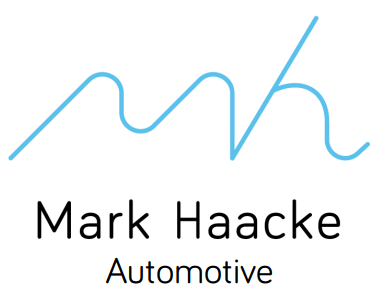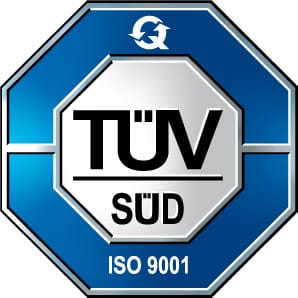Permit requirement?
Not every product manufactured in the automotive industry requires approval.
But how can I, as a company, tell whether it is a component with approval-relevant requirements or which new legal requirements will affect my product and at what point in time?
Thus, depending on the task, different areas are influenced and equally different questions are linked to this.
For example, a company may be in the situation of never having manufactured a product with approval-relevant requirements, or it may be a matter of further development of the intended use, or due to new legislation coming into force, properties of the product may have to be classified as approval-relevant in the future. Thus, the question of the approval requirement can arise recurrently in the course of a product life cycle, and for young companies in particular, this can always present a challenge.
Innovative strength vs. bureaucratic hurdles
Two worlds collide: the innovative strength of a young and agile company and the regulatory requirements of the European Union (or other regions).
The core competence of these young, very innovative and agile companies lies mainly in the development and manufacture of new products and not in the processing of legal framework conditions or the evaluation of applicable standards or requirements.
For this reason, this company also approached us in cooperation with their customers.
Task
The question here was, what do we have to do to put the product in question on the market? This simple, but in detail very extensive question could be broken down with our help and presented in separate packages.
The first step was to define who would be the manufacturer of the new product within this cooperation. Because this part now had to be passed through the initial evaluation. A category D technical service, also known as a “conformity assessment body”, checks whether the manufacturer has an effective quality management system and whether the fundamental processes for type testing, CoP, market surveillance and recalls are guaranteed.
Holistically, this ensures product conformity and product safety for a product to be placed on the market and thus product liability for the manufacturer.
Result
As a result, we were able to show in the expert opinion that the product in its intended form is not subject to approval. Key criteria for this result from the intended area of use.
As a further development of the product was already being planned and described, we were able to take these changes into account in the report. Here we were able to determine that the planned changes, in particular with regard to the area of use, would result in an approval requirement and to show the corresponding delimiting features in the expert opinion.
This showed the way forward for the product. We are very pleased that our customer subsequently received type approval without any difficulties and is now successfully represented on the market.
Would you like to take advantage of our broad knowledge here? You can contact us without further ado and we will agree together where you would like to involve us in a supporting capacity.


